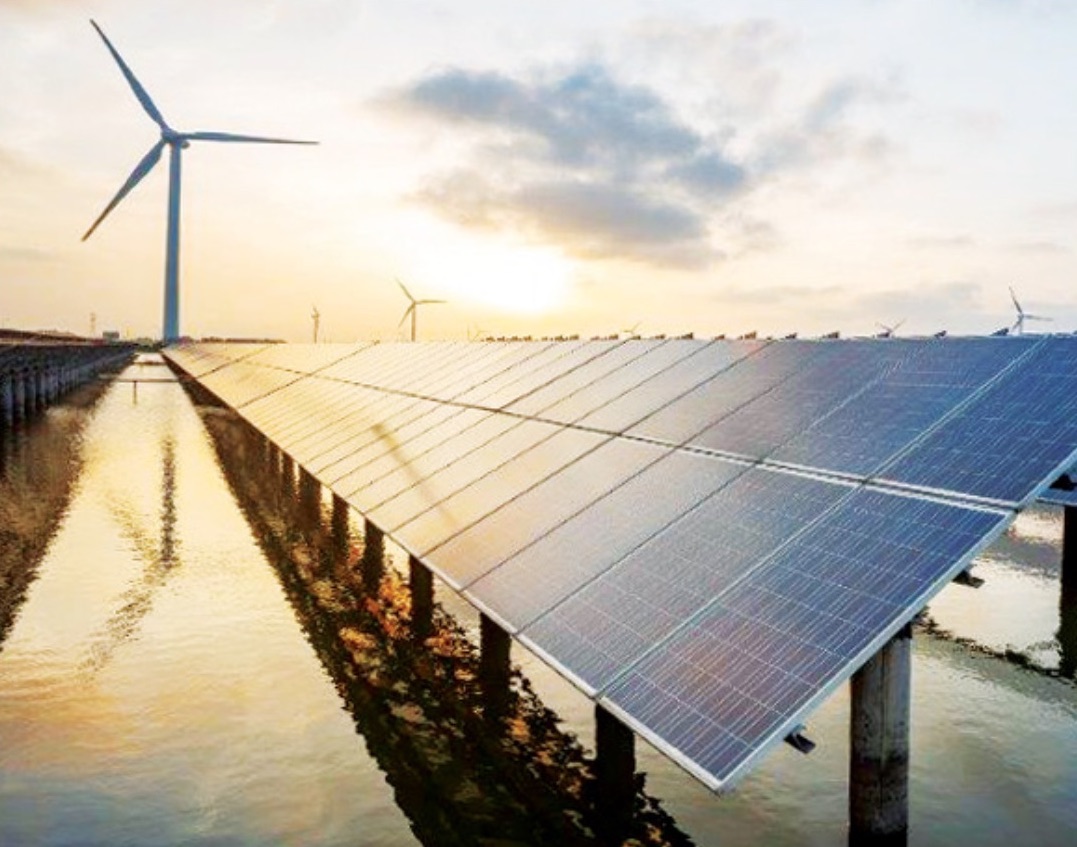Ruminating on these disheartening realities eventually begs the question: is there hope for a better future? Fortunately, there is. But how? First, corporations must be held accountable for their GHG emissions by publicly reporting these figures with transparency. However, these corporations should ultimately invest in renewable forms of energy (including solar, wind, and hydroelectric power). The benefits of using renewable energy are diverse: aside from eliminating GHG emissions altogether, adopting renewable forms of energy diversifies a nation’s energy supply, reduces its dependence on imported fuels, and fosters overall economic development, according to the United States Environmental Protection Agency.
Estonia is one country that has set a leading example in this feat.
<I>Eesti Energia<I>, Estonia’s state-owned energy company, is planning to invest €2.5 billion in renewable energy over a five-year period. Of the total sum, €1.5 billion is being spent on the construction of wind and solar parks, while the rest is being allocated towards energy development in Ida-Viru County and improving the efficiency of the country’s electricity grid, according to ERR.
But as of now, Estonia’s current energy supply is dwindling. Power plant outages, low reservoir reserves in Europe, high inflation rates, as well as severed ties with Russia – which Estonia heavily relied on for gas imports – coincided roughly at the same time, ultimately triggering unprecedented electricity prices throughout the country. ERR reports that “Nord Pool's price ceiling rose to €4,000 per megawatt-hour for the first time in May this year, rising from €3,000…”
In an interview with ERR, Eesti Energia spokesperson Mattias Kaiv notes Estonia’s lack of energy production facilities: “Since the main current problem is that our region as a whole lacks electricity production capacity, the fastest and most appropriate solution for society in the current energy crisis is to invest in renewable electricity… The problem is not only whether there is enough wind or sun [in Estonia], but that there are generally too few renewable energy production capacities in the Baltic States as a whole.”
It’s also interesting to note that state-sponsored investments in renewable energy encourages cooperation between decentralized, small-scale suppliers within the field. Kaiv illustrated this by pointing to the fact that Eesti Energia has been receiving about 150 inquiries about the purchase and installation of solar panels every week.
Evidence of a newfound interest in solar power across Estonia can also be seen in a rise of applications for connecting smaller plants to the country’s electricity grid. Elektrilevi, the country’s main grid distributor, has received 3,218 such connection applications in the second quarter, reported ERR. Agreements have been concluded with around 1,000 of these. Hopefully, Estonia’s investments in renewable energy will set a precedent that other states will follow. Together, we can create a green, sustainable future.
Written by Natalie Jenkins, LJI Reporter




